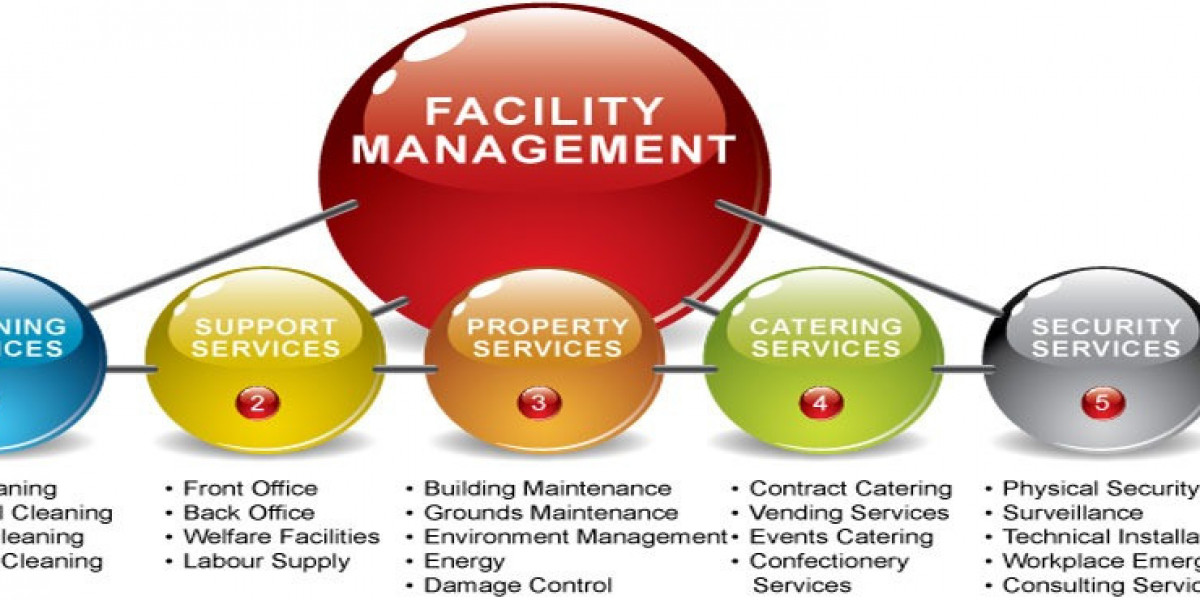Blockchain allows for the secure and anonymous exchange of digital assets, independent of any particular cryptocurrency, such as Bitcoin. Its key feature is that it removes the need for centralized institutions for trust verification and value transfer, shifting control from large entities to a broader base, and enabling secure, fast, and cost-effective transactions even if the entities involved are unknown.
The mechanics of blockchain are innovative and disruptive. In a blockchain ecosystem, all transactions are automatically recorded in a public ledger. These transactions are validated by computers using advanced algorithms to guarantee value transfer and maintain a historical activity record. The network of computers that process transactions is globally distributed and not controlled by any single entity. This real-time process is much more secure than relying on a centralized institution for transaction validation. You can search the blockchain at Tokenview.
Throughout history, various ancient and contemporary concepts have shown remarkable similarities. The trend in technology has been, and continues to be, the transfer of power and control from centralized entities to the general population. For example, time used to be organized and disseminated through the construction and maintenance of large, expensive clock towers. However, advances in engineering and technology eventually led to the decentralization of time measurement, putting it in the hands of individuals. A similar situation occurred with the popular cross-platform instant messaging application WhatsApp, which reduced the costs associated with global messaging, thereby affecting the profitability of a centralized institution, the cell phone carriers. Here, the app triumphs over the centralized network (the Internet).
Similarly, third-party transaction verifiers, which are centralized institutions, are at risk of disruption caused by the decentralized network provided by blockchain technology. Blockchain effectively disintermediates these third-party transaction verifiers, such as auditors, legal services, payment processors, brokerage firms, and similar organizations.
While you may question the value of Bitcoin transactions, the key examples of current value transfers are slow and expensive. Take property exchanges, for example, multiple intermediaries, such as third-party escrow services, are involved to ensure a smooth transfer, resulting in accrued fees. Utilizing blockchain technology can reduce these costs and streamline processes such as wire transfers, financial audits, and contract enforcement.
While the primary use of blockchain for decentralized currency exchange, such as Bitcoin, is well established and likely to dominate in the near term, there are still many disruptive and innovative use cases. Many companies are creating their blockchains for a variety of applications, such as GridCoin, which utilizes the blockchain to crowdsource scientific computing projects and protocols that require less computing power and electricity than the traditional Bitcoin network.



